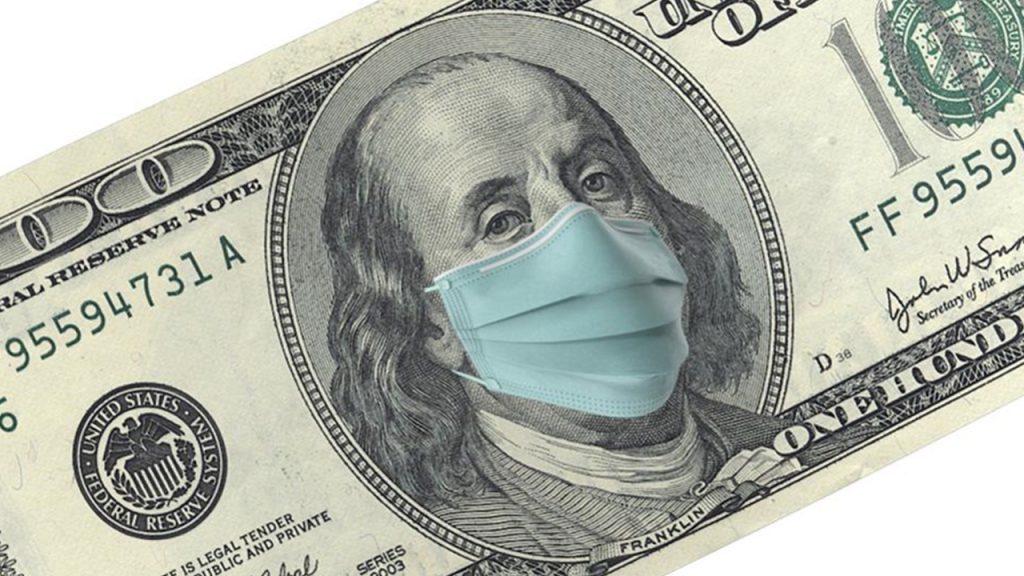Aside from the obvious health effects, one of the major nightmares of the Covid-19 outbreak has been the chaos that came when parts of the supply chain began to break down.
The symptoms of this were obvious—shortages in stores, hoarding behavior, and companies having to shut down or curtail business because of these difficult developments.
Adjustments are being made, though. When it comes to how to avoid the risk of supply chain breaking, many tactics are being developed, and business owners and customers alike need to be aware of them.
The first step is to understand the supply chain risk. Most companies are dependent on China for manufacturing to at least some extent, and over 50,000 companies have primary suppliers located in Asia. That means you need to be aware of your inventory situation and have a backup plan if necessary.
Many companies have developed secondary supply chain sources in European companies, for example, and companies are learning to anticipate reduced demand with customers still in quarantine in many parts of the country.

Being able to map your supply chain is an integral part of this kind of anticipation. It allows you to see where weaknesses might develop, which in turn allows you to shore them up. It’s important to have reliable local information to do this, though, because this allows you to spot the weakness faster.
The third step to minimize the risk of the supply chain breaking is to imagine and plan for “what if” situations and scenarios. Many of these are fairly easy to imagine, and having a plan in place to do this is a good way to at least have a blueprint for the ones that can’t be anticipated.
The last thing to be aware of is that there will always be a certain amount of unpredictability in a situation like this. It’s impossible to anticipate what will happen completely, of course, but the faster you and your company can turn on a dime, the better you’ll be able to deal with whatever curves Covid-19 throws at you.

